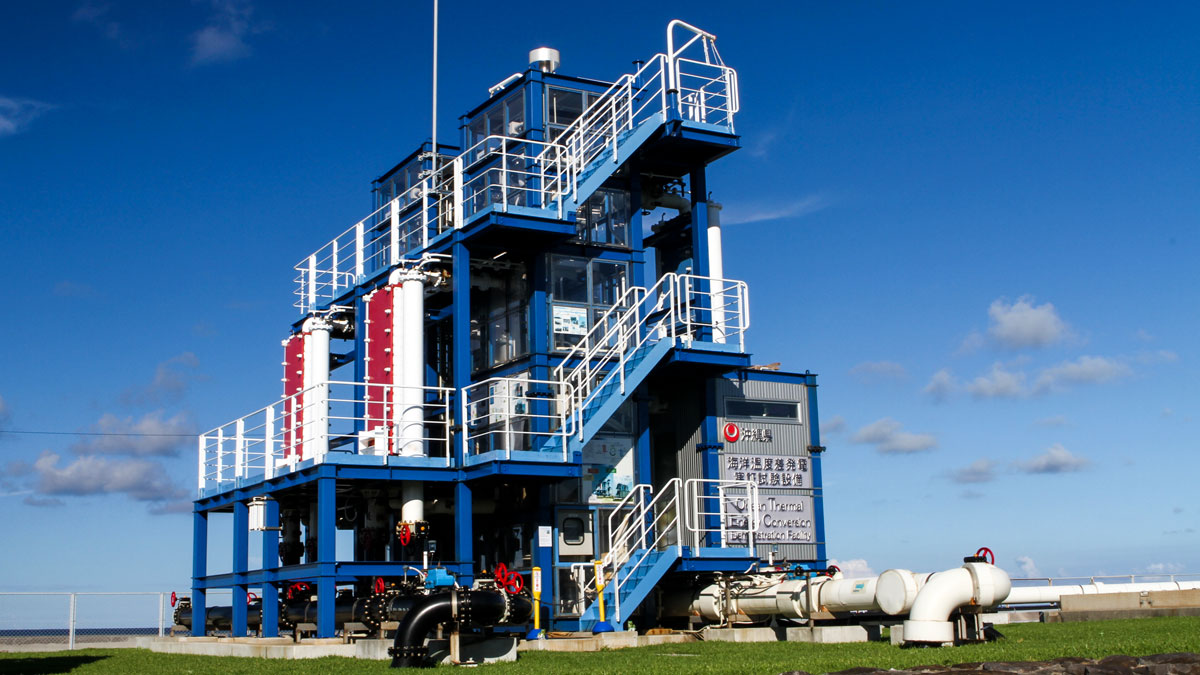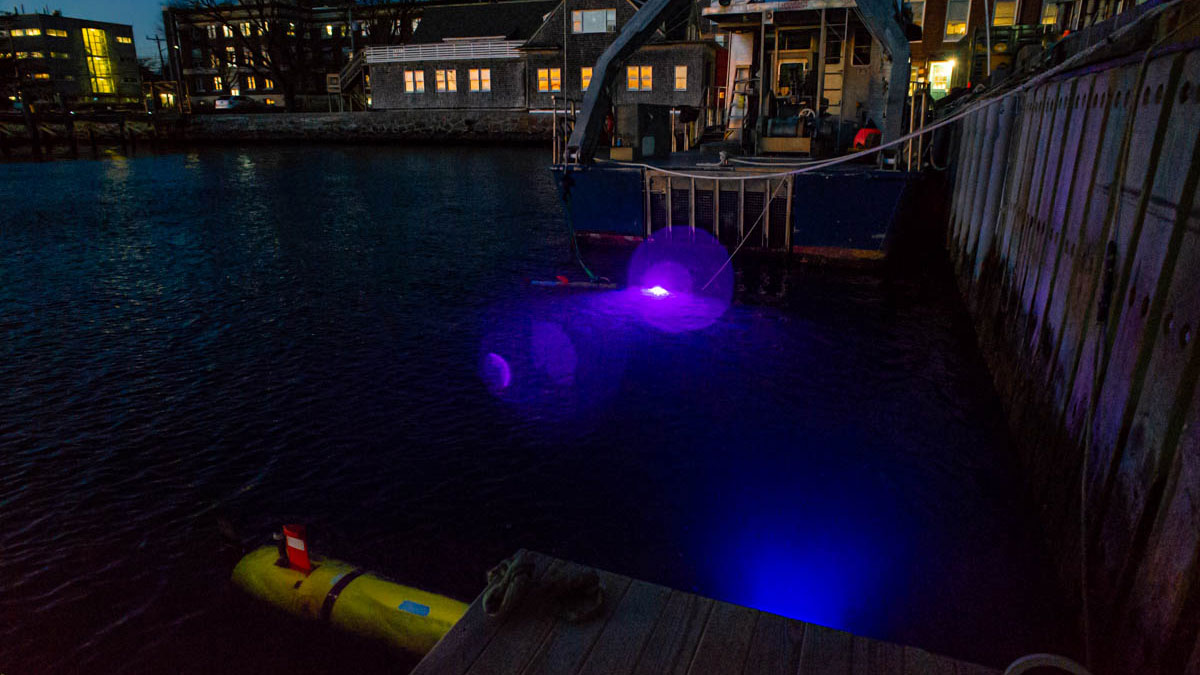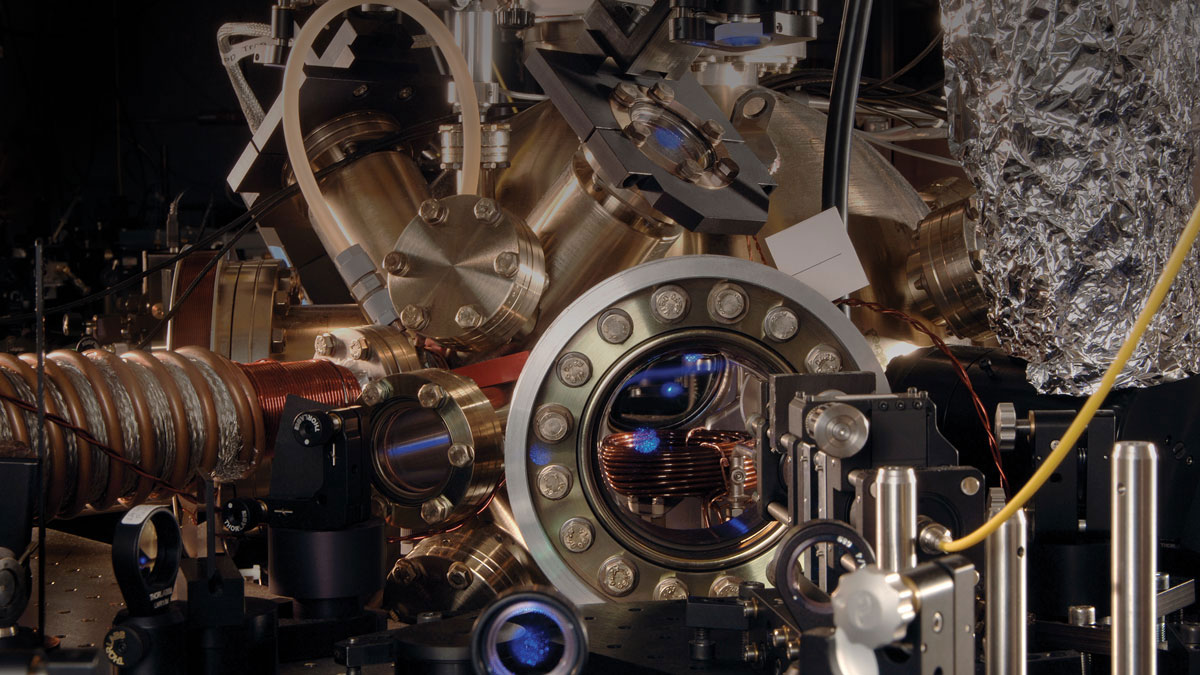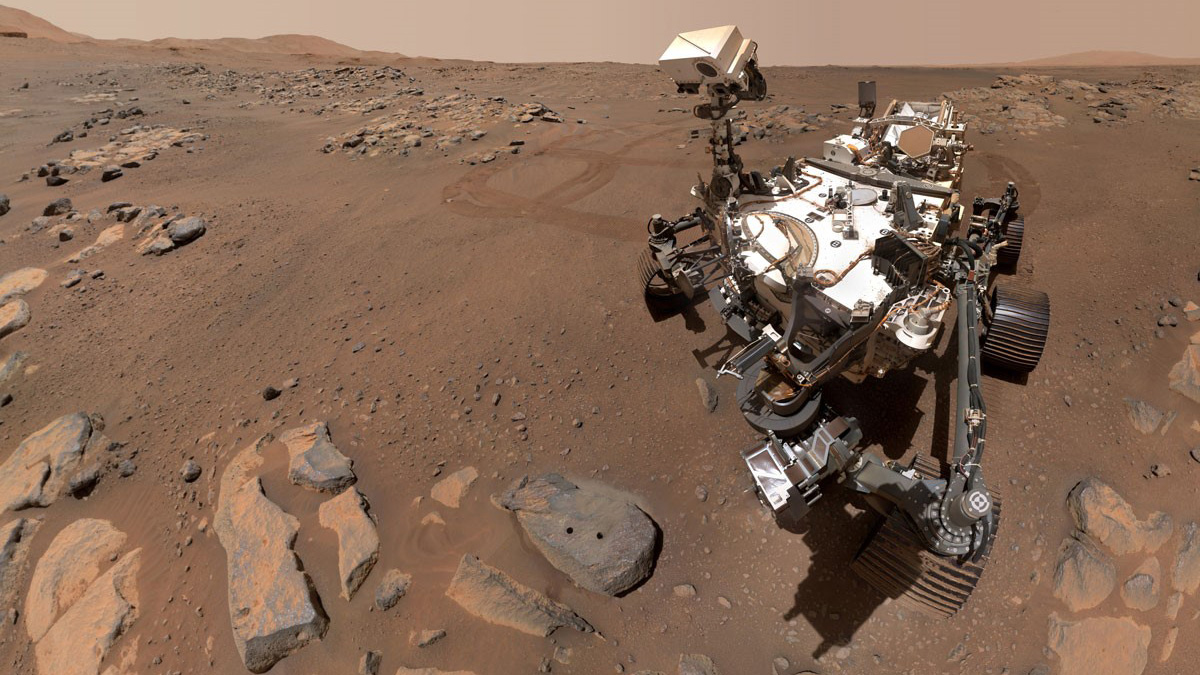Modeling suggests that rising sea levels will render Southern California ports increasingly vulnerable to waves from distant-source tsunamis.
hardware & infrastructure
The Century-Old Renewable You’ve Never Heard Of
Ocean thermal energy conversion could power the world’s tropical islands, if it ever gets out of the “innovation valley of death.”
Using Sound and Vibration Signals to Understand the Subsurface
A new book explores Distributed Acoustic Sensing, a technology with a range of applications across geophysics and related fields.
A Bright, LED-Lit Future for Ocean Sciences
LEDs have taken over the global lighting market. Now it’s time for this versatile, low-cost, and energy-efficient technology to illuminate oceanic processes.
Build It, and the Science Will Come
In January, Eos takes a look at the scientists who know that sometimes the answer to a question is a screwdriver.
Lasers and Ultracold Atoms for a Changing Earth
Applying new technology rooted in quantum mechanics and relativity to terrestrial and space geodesy will sharpen our understanding of how the planet responds to natural and human-induced changes.
Earthquakes Ripple Through 3D Printed Models of Los Angeles
Using stainless steel models, researchers find that high-frequency seismic waves—the most damaging to buildings—are attenuated in the Los Angeles sedimentary basin.
Scientists Plan a Home Away from Home for Mars Samples
The core tubes being collected by the Perseverance rover won’t arrive for years, but NASA and the European Space Agency are outlining needs for a facility to assess their safety and store and distribute them.
The Capital’s Waterways Could Be Swimmable by 2030
Scientists, community groups, and the Clean Water Act are behind Washington, D.C.’s massive project to reduce combined sewer overflows by 96%.
The “Internet of Things” Boosts Agricultural Livelihoods in India
New technology is bringing better connectivity to remote areas, helping farmers improve crop yields and allowing fisherfolk to venture more safely out into the sea.










